Shiva is a fascinating paradox – the ash-smeared ascetic, the loving husband, the creator of dance and the destroyer of worlds
Nilakshi Sharma
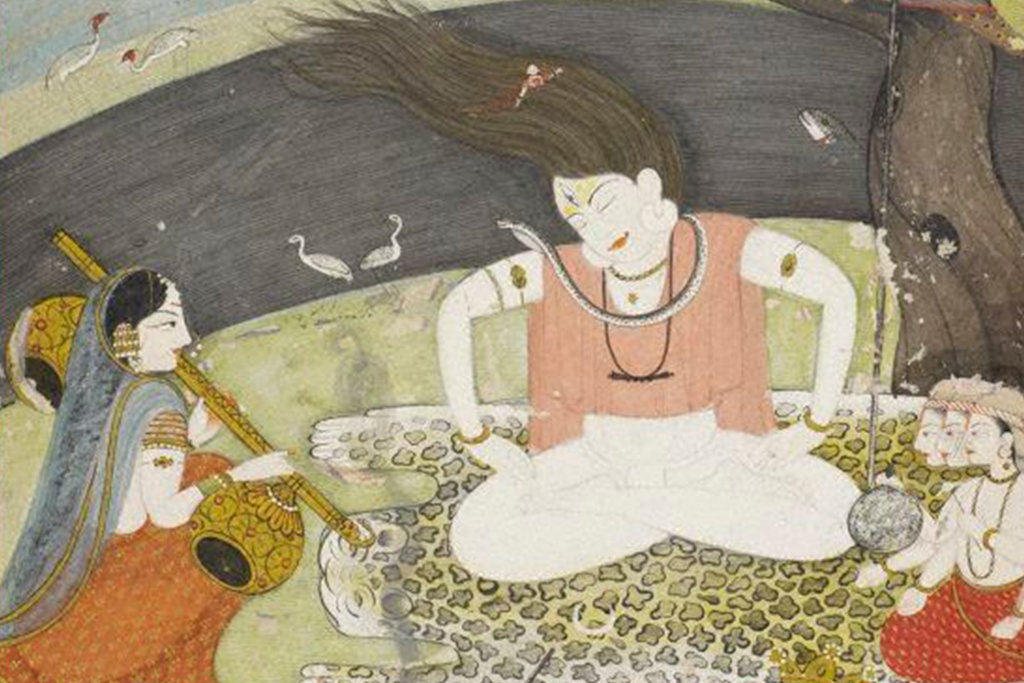
कर्पूरगौरं करुणावतारं
संसारसारम् भुजगेन्द्रहारम् ।
सदावसन्तं हृदयारविन्दे
भवं भवानीसहितं नमामि ॥
He, who is as pure and white as Camphor, the personification of compassion
He, who is the essence of the universe, the one whose garland is a serpent
He, who always resides in the heart that is as pure as a lotus,
To him, who is accompanied by Bhavani, I offer my salutation.
A prayer to Shiva, Yajur Veda
Shiva is among the oldest of the gods of the subcontinent. He is represented and described in so many different ways. And in each representation, in each nuance of the iconographic detail a different attribute, a different aspect of Shiva comes to light. Take his names.
As Adinath he is the primeval master; as Ardhanareshwar he is one half woman; as Bhola he is one without any guile; as Rudra he is the angry one; as Yogesh he is the creator and source of Yoga; as Vamadeva he is the lord of the left-handed, i.e., tantric paths; as Yakshanath he is the lord of the yakshas – forest spirits; as Pashupati he is the lord of the beasts; as Bhootapati he is the lord of the ghosts; as Ghora he is the fearsome one; as Gambhiresh he is the austere ascetic… the list of attributes is a long one – with each of his 1008 names celebrating a facet. And in each there is a legend, a myth, a story.
All of his 1008 attributes sum up Shiva and yet he is far greater than the sum of those parts.
Shiva is a part of the revered trinity of Brahma, Vishnu and Shiva. Brahma is the creator of life and its abstract intellectual aspect; Vishnu is the preserver – he who maintains balance and keeps the world in order. And Shiva is the destroyer, he who holds the cosmic chaos in himself, as Natraja he is the one from whom the arts of dance and music originate, but one whose own dance - Tandava nritya will be the harbinger of apocalypse. And yet it is Shiva, not Vishnu, who along with his wife Parvati, has children and is therefore part of a family.
He is a wandering mendicant, an ash-smeared ascetic and yet his is the hand that is sought in marriage by Parvati, who as Annapurna is the goddess of the hearth and home, of the kitchen that cooks food and dispels hunger. He is the wild-haired destroyer and yet he is described in prayers and verses in the most beautiful of terms – as karpur gauram – fair as camphor; as Tejomaya – the radiant one, as Sundarmurti – one whose body is beautiful. He is praised as the gentle lord, the one who is compassionate, one who is easily approached and yet, as the god who resides on an inaccessible frozen mountain top, who claims the cremation grounds as his, Shiva is elusive.
All of Shiva’s manifestations are contradictory. And despite the fact that he is Bhola, the guileless god, he is also complex. But perhaps the key to understanding Shiva lies precisely in these contradictions and complexities. He is at once the uncontrolled cosmic chaos and one who creates and rules Time, thereby creating order out of chaos. Thus, he is both Kala (manifest Time) and Mahakala (transcendent Time). By ordering cosmic chaos he facilitates the creation of everything and yet, in the end he will unleash the chaos that will be the end, when everything returns to being untamed energy, which is understood as Shakti
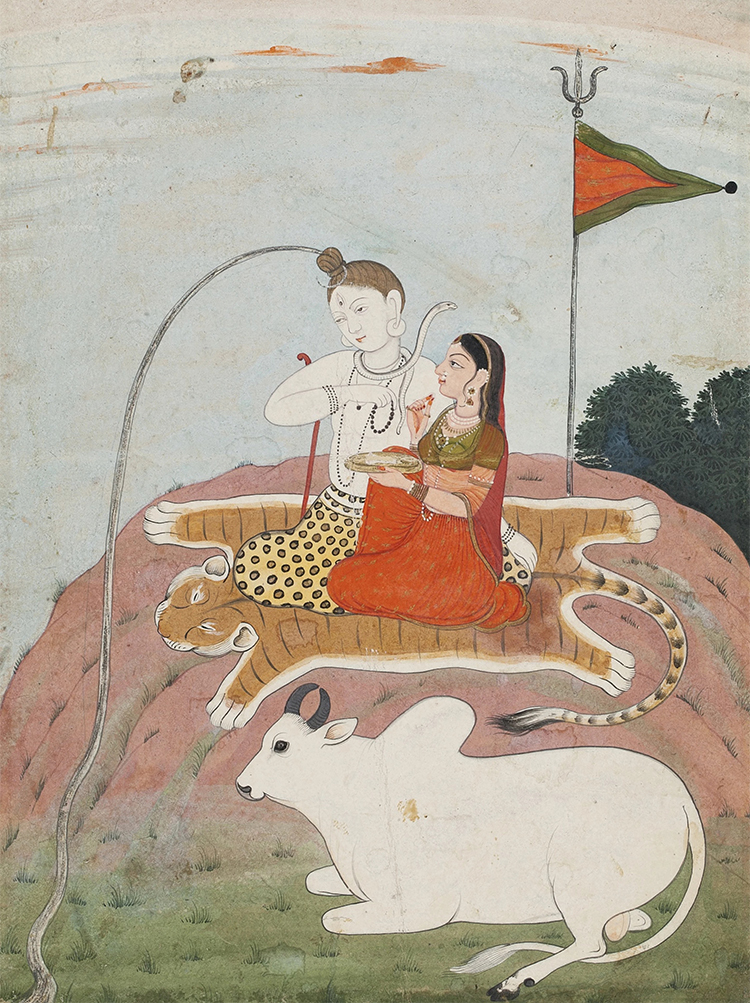
He is a wandering
mendicant, an
ash-smeared ascetic
and yet
his is the hand
that is sought
in marriage by
Parvati, who as
Annapurna is the
goddess
of the hearth
and home, of the
kitchen that
cooks food
and dispels hunger
Shiva & Shakti
Shiva represents the masculine principle, which can be understood as a form of energy that radiates outwards, that propels and powers expansion. This masculine energy is also understood as consciousness. Another name for this masculine principle is Purusha, which also means man. But in our tradition Shiva and the masculine principle in themselves are incomplete. Because Shiva is also Tamsopati – the lord of Tamas, which is inertia and passivity.
That which activates, which energises, which brings forth the masculine principle is Shakti. She is the primordial goddess, the primeval energy, which we also call the divine feminine. She is also Prakriti, loosely translated as Nature – the source of nourishment and abundance. Prakriti is also the desire and fecundity to create life.
When Shiva and Shakti combine, it creates the world.
Shiva then is also Ardhanareshwar - the androgynous deity that comes into existence when Purusha (Shiva) and Prakriti (Shakti) are coequal. But Shiva and Shakti are entwined even more deeply than their union to create the world.
Each needs the other to exist, each is infused with the energy of the other to exist. Without Shakti, Shiva is as lifeless as the Shava or corpse, it is the movement and life of Shakti that completes Shiva. He is rarely worshipped as an idol. Instead, it is his symbol, the Shivalinga that is found in temples. This consists of a stone linga (phallus) placed within a symbolic yoni (which translates as womb and represents both the vagina and the uterus). Thus, Shiva is one who acknowledges and honours the divine feminine as that which he harbours within himself.
Perhaps it is this attribute of Shiva that is most remarkable – his expansiveness, the ability to include within himself everyone and every being. Sitting in the centre of the classical pantheon, Shiva reaches out and embraces even those who live in the margins. He breaks all taboos and norms. Those who worship him in temples, those who find him in the ashes of funeral pyres in cremation grounds, those who see him in a simple rock smeared with vermillion, those who see him as the gentle lord, those who see him as the dark destroyer… Shiva welcomes us all.

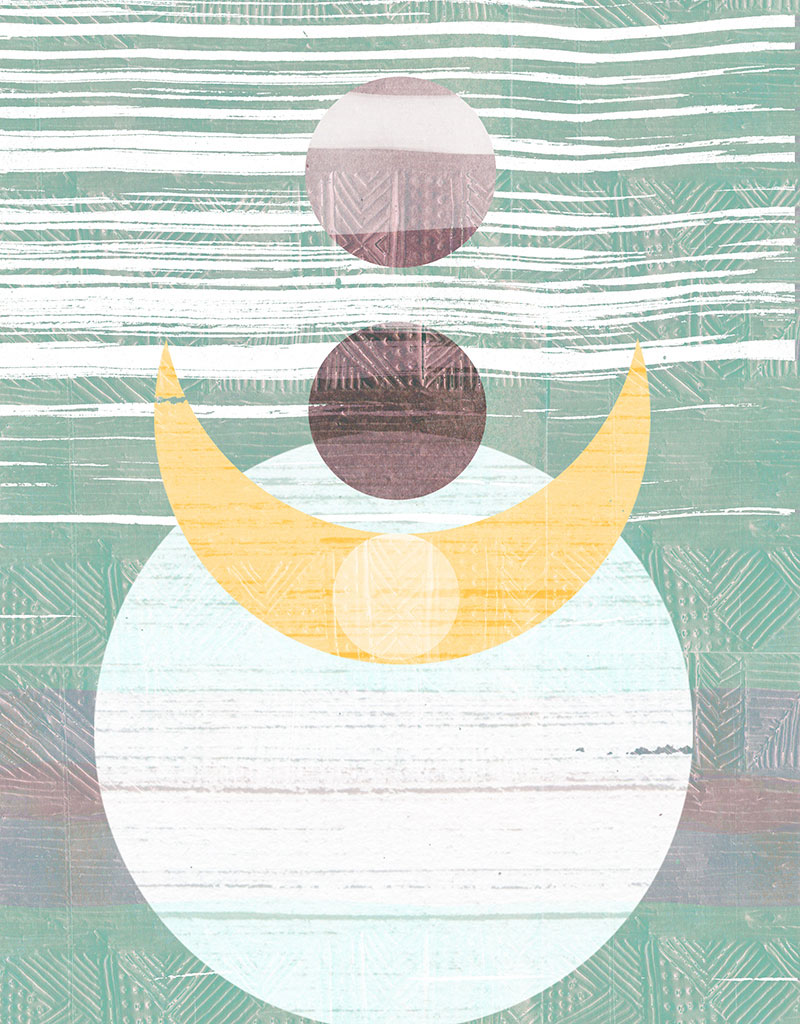
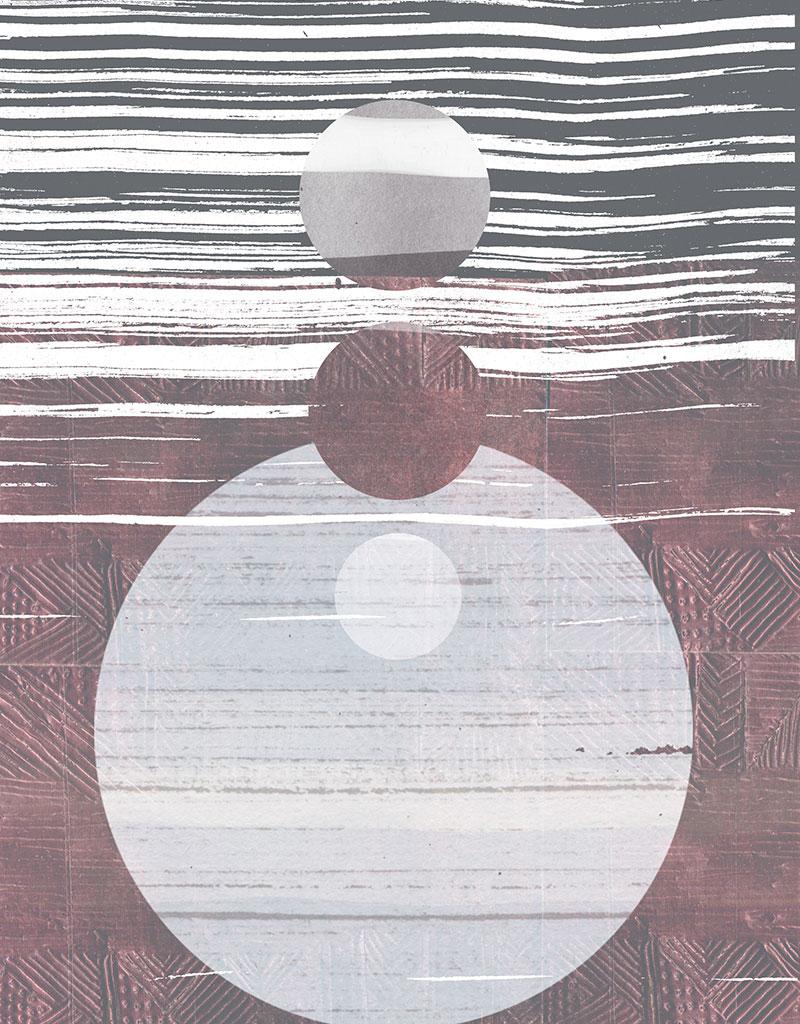

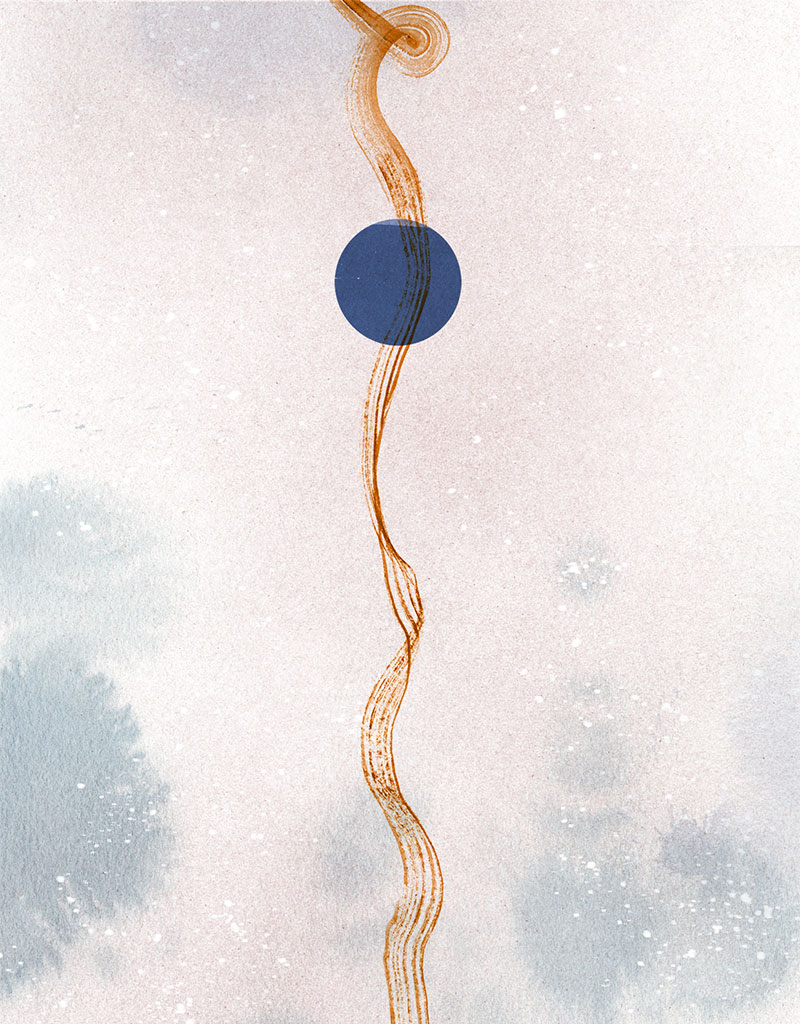

After reading this article, Lord Shiva will become nilkanth-tent.
Thank you for such a beautiful article.